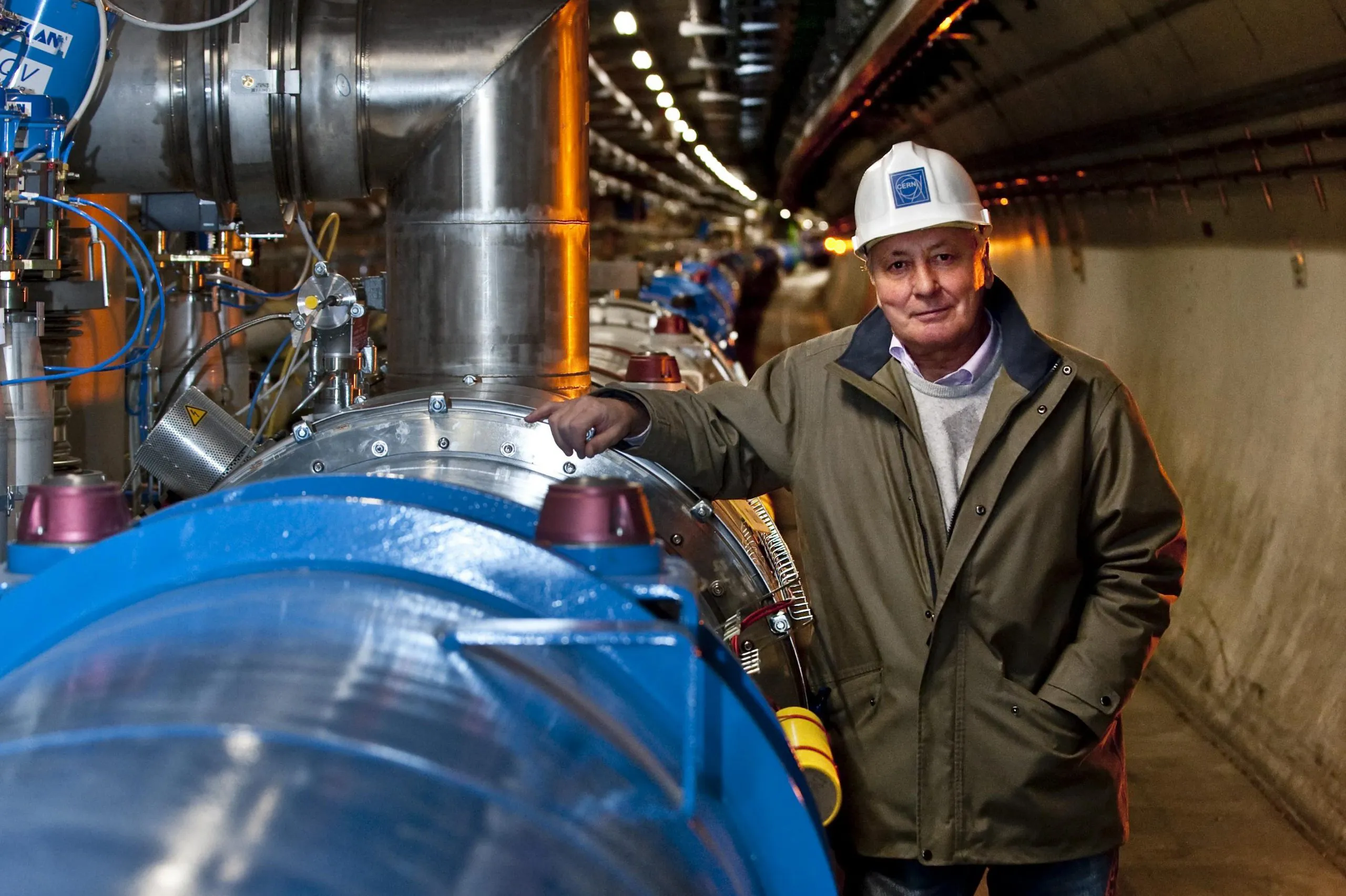O IGFAE acolle unha reunión internacional sobre desenvolvemento de espectrómetros solenoides



10.11.2019

O investigador do CERN inaugurará mañá a II Semana da Ciencia do IGFAE cunha charla divulgativa na que explicará o periplo científico e tecnolóxico do maior colisionador do mundo, que culminou co descubrimento do bosón de Higgs. Ao acto, que terá lugar ás 20 horas no Auditorio Abanca de Santiago, acudirá o vicerreitor de Investigación e Innovación da USC Vicente Pérez Muñuzuri. A entrada é gratuíta ata completar aforo con tradución simultánea e retransmisión en directo por Youtube.
Aínda hai moitos fenómenos que non podemos explicar coa física que coñecemos, como a asimetría entre a materia e a antimateria. Ambas deberían anularse ao orixinarse o universo e, con todo, grazas a que a primeira dominou é posible nosa existencia. Coa materia e a enerxía escura que todo o impregna ocorre de forma similar. Sabemos que existen, pero descoñecemos tanto a súa natureza como a súa orixe, e só deducimos a súa existencia indirectamente.
Para estudar os elementos que compoñen a materia e as leis da natureza que os gobernan necesítanse aceleradores como o Gran Colisionador de Hadrones (LHC, polas súas siglas en inglés). Na súa estrutura circular de 27 quilómetros de diámetro, aceléranse dous feixes de partículas a velocidades próximas ás da luz que cando chocan xeran partículas novas que rexistran distintos detectores. Moitos destes subproductos só prodúcense en colisións de alta enerxía e descompóñense despois de períodos de tempo extremadamente curtos, polo que é complicado ou case imposible estudalos doutra forma.
O director da construción do LHC do CERN, o físico galés Lyn Evans, impartirá mañá en Santiago unha conferencia de carácter divulgativo onde explicará como a maior máquina construída polo ser humano está a axudar a responder algunhas das preguntas fundamentais en física. Aínda que ao LHC quedan anos de funcionamento, Evans lidera desde 2012 o proxecto do Colisionador Lineal Internacional, un programa cuxo un dos seus obxectivos prioritarios será estudar o bosón de Higgs con precisión. Do seu achado e de como esta partícula elemental abriu unha posible porta cara a unha nova física falaranos este experto no Auditorio Abanca ás 20 horas. A entrada é gratuíta ata completar aforo e contará con tradución simultánea. Tamén se retransmitirá en directo na seguinte ligazón: https://www.youtube.com/user/universidadeusc/live
Imaxe: Lyn Evans no LHC. Crédito: CERN.